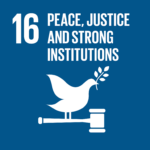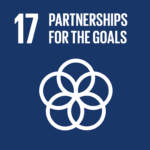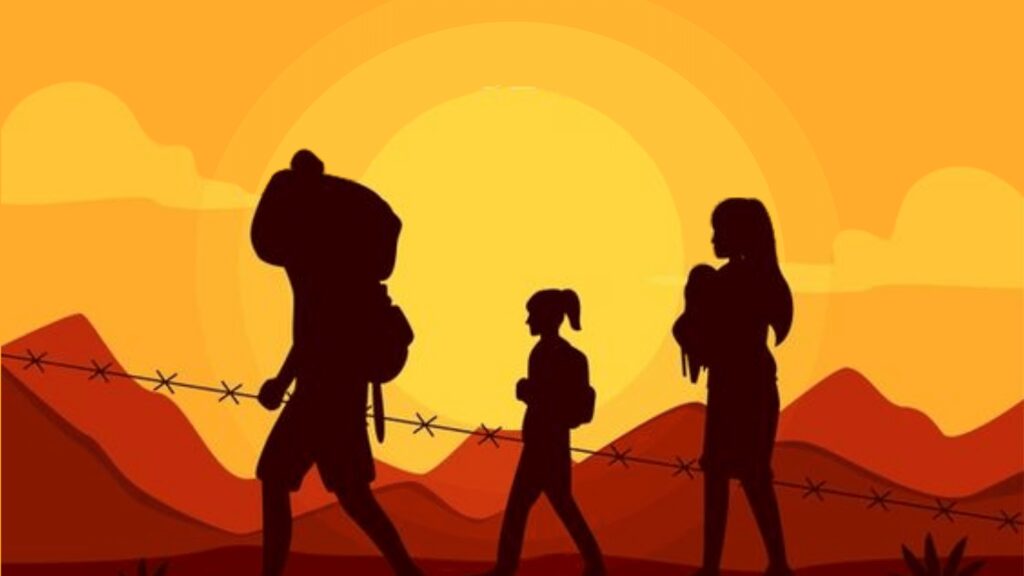Displacement is not a choice; hence it’s time to face facts about refugees.
The number of displaced people worldwide has surpassed 100 million for the first time, propelled by the war in Ukraine and other conflicts across the world. On World Refugee Day (June 20), we recognise the resilience of the millions of displaced people around the world as they strive to rebuild their lives. With your generous support, we are working with refugees in some of the most vulnerable communities in the world to access clean water, food and education.
RELEVANT SUSTAINABLE GOALS




5 Key Facts You Didn’t Know About Refugees
1. There are more than 100 million forcibly displaced people for the first time in the history
Number of displaced people worldwide has surpassed 100 million for the first time, propelled by persecution, conflict, violence or human rights violations. This accounts for an increase of 10.7 million people displaced from the end of the previous year. In a matter of a few months, the world’s forcibly displaced population reached the highest ever on record. This includes:
- 26.6 million refugees in the world—the highest ever seen;
- 50.9 million internally displaced people; and
- 4.4 million asylum-seekers.
- 4.1 million Venezuelans displaced abroad
Among them, 23.7 million people were displaced within their own countries due to climate change in 2021, according to a new study in 2021. That’s more than the population of Sri Lanka. The most internal displacements related to climate disasters in 2021 occurred in China (6 million), the Philippines (5.7 million) and India (4.9 million), the report by the Internal Displacement Monitoring Centre (IDMC) noted.
2. Half of the world’s refugees are children
Number of Worldwide, nearly 37 million of children have been displaced – the highest number ever recorded. These children are forced from their homes, robed of their education, and their mental and physical well-being put at risk. This shocking figure is the result of escalating crisis, war and conflict, especially in Syria, Yemen, Afghanistan, and Democratic Republic of Congo (DRC). Close to half of all refugee children – 48 percent – remain out of school. Even before COVID-19, young refugees were around 30 percent less likely to complete primary school, and half as likely to complete lower-secondary school.
The war in Ukraine and climate change disasters are set to increase the number of children living in displacement even further. All refugee children have equal rights, no matter where they are from.
3. Displacement affects men and women in different ways
How does gender inequality affect the extent and patterns of different dimensions of poverty in forcibly displaced populations?
The risks faced by displaced women along their displacement journey and impacts of gender-based violence (GBV) are often lifelong. The Gender Dimensions of Forced Displacement (GDFD) Research Program’s findings buttress existing literature – that is, experiencing sexual violence increases risk of future violence, as does witnessing violence, alcohol abuse and tolerance of violence against women (VAW). In various conflict-affected settings, women have been found to be more likely to experience abuse at the hands of acquaintances, intimate partners, family members and people in their community than at the hand of armed actors.
4. The presence of refugees can bring benefits to host communities
Recent data by the Journal of Population Economics has shown that Immigration in Europe doesn’t increase crime victimization, but increases the fear of crime. Only 1% of Swedish police call-outs over past 100 days involved refugees as a recent report in Sweden showed. According to the American Immigration Council, in the United States, male immigrants have lower incarceration rates than men born in the country. A recent report by the Wall Street Journal stated that newcomers to the US are less likely than the native population to commit violent crimes or be incarcerated.
If nations act fast in determining the status of refugees and improve their resettlement programmes, they can eliminate any fear that society might have. During this process, refugees’ stories, not their religions, should be the defining factor.
We can eliminate the vulnerability and challenges that refugees face by creating a safe pathway to resettlement and integrating them into a society, providing them with services and support to start a new life in host nations, creating a monitoring system that checks on their progress as well as educating the host society about refugees.
Studies have repeatedly shown that with their traumatic past, refugees often make the safest part of a society once they are resettled. More secure homes for refugees will not only benefit nations when it comes to labour and skills, it will also create a more secure and safer world for all.
5. Refugee Metrics Are Insufficient
We can easily find total figures on refugees globally and by country (see UNHCR’s Global Trends report) but getting an accurate picture of this crisis is hard due to obstacles to obtain quality data on refugees’ and host communities’ social and economic conditions. We need more and better data to learn what works, what doesn’t, what policies to formulate and what actions to take in each situation. The World Bank works with UNHCRand other partners on collecting and analyzing data to help inform policies and to improve development programs that can benefit all people affected by forced displacement.
You may also be interested in :
Explainer : How Gender Inequality And Climate Change Are Interconnected


